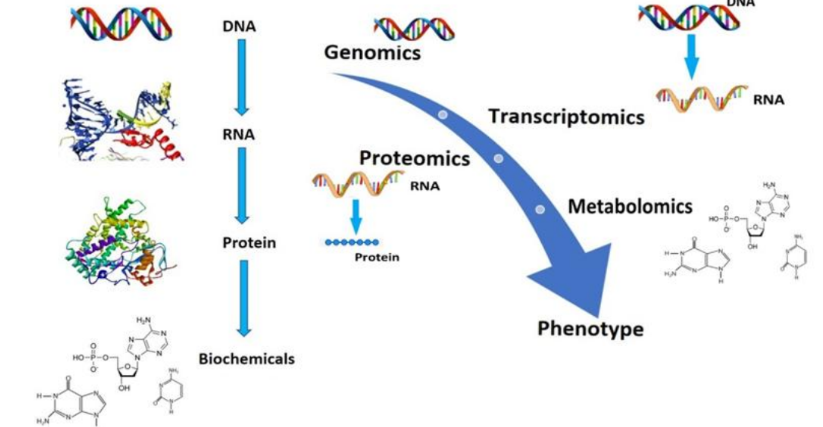- +91-7419192999
- info@pharmresbull.com
Volume 4, Issue 1, 2025
Number of Articles - 5

Formulation, Optimization and Characterization of FloatingMucoadhesive Microspheres of Terminalia chebula Extract
Akanksha, Prabhjot Kaur1, Rameshwar Dass, Priyanka Kriplani*.
*Guru Gobind Singh College of Pharmacy, Yamunanagar-135001, Haryana, India.
Abstract
Formulation, Optimization and Characterization of FloatingMucoadhesive Microspheres of Terminalia chebula Extract
Abstract: The rationale of the study is to develop and evaluate floating-mucoadhesive microspheres encapsulating Terminalia chebula extract. Microspheres were formulated using ethyl cellulose to provide buoyancy and control release rate, Eudragits100 as a mucoadhesive polymer, and polyvinyl alcohol as an emulsifier. Microspheres were characterized by scanning electron microscopy and evaluated utilizing micrometric studies, including bulk density, tapped density, particle size, entrapment efficiency, in vitro buoyancy, and percentage yield. In-vitro mucoadhesive and drug release studies were carried out for sustained

Exosome-Based Nanomedicine: An Innovative Strategy for Targeted Drug Delivery Across the Blood-Brain Barrier in Alzheimer’s Disease
Dushyant Kamboj*.
*Global Research Institute of Pharmacy, Radaur, Yamunanagar-135133, Haryana, India.
Abstract
Exosome-Based Nanomedicine: An Innovative Strategy for Targeted Drug Delivery Across the Blood-Brain Barrier in Alzheimer’s Disease
Abstract: The blood-brain barrier (BBB) is a selectively permeable physiological barrier that regulates the passage of substances into the central nervous system (CNS). Even though they are critical in maintaining brain homeostasis, the BBB severely restricts drug delivery, one of the most serious obstacles in the treatment of neurodegenerative disorders such as Alzheimer's disease (AD). Small-molecule drugs, biologics, and gene therapies are impermeable across the BBB due to their restrictive properties, including tight junctions, efflux pumps, and metabolic enzymes. In an attempt to bypass this barrier, novel drug delivery systems have been designed. These are nanoparticle-based carriers, receptor-mediated transcytosis, targeted ultrasound with microbubbles, and lipid-based drugs. Exosome-based nanomedicine is highly promising since it naturally penetrates the BBB and can transport therapeutic drugs, including neuroprotective molecules, monoclonal antibodies, and RNA-based therapies. Engineered exosomes are a highly promising platform for targeted drug delivery with low systemic toxicity and high drug bioavailability. Even with promising advancements, there are still some challenges, such as bulk-scale production, purification, cargo loading efficiency, and targeting specificity. Future studies should focus on optimizing exosome engineering, enhancing delivery platforms, and conducting large-scale clinical trials to assess safety and efficacy. Through the development of such new drug delivery systems, scientists can uncover novel therapeutic potential for Alzheimer's disease and other CNS disorders, ultimately leading to improved patient outcomes.

Molecular Docking & Drug Receptor Interactions
Jyoti Monga*, Minky Mukhija.
*Ch. Devi Lal College of Pharmacy, Jagadhri, Yamunanagar-135003, Haryana, India.
Abstract
Molecular Docking & Drug Receptor Interactions
Abstract: Drug–receptor interactions are fundamental to pharmacology, as they help explain how drugs exert their therapeutic effects as well as their potential side effects. These interactions encompass various mechanisms, including agonist and antagonist binding, biased signaling, allosteric modulation, inverse agonism, and more. Understanding these interactions is crucial in the development of effective and safe therapeutic agents. A powerful computational approach to predict and analyze such interactions is molecular docking. The primary objective of ligand–protein docking is to predict the binding orientation and affinity of a ligand to its target protein, in both two-dimensional and three-dimensional conformations. Molecular docking utilizes scoring functions to rank possible ligand–receptor binding poses based on their predicted stability and binding energies. This technique not only enhances our understanding of molecular recognition but also plays a pivotal role in virtual screening, lead identification, and lead optimization, thereby significantly accelerating the drug discovery pipeline. The chapter provides a detailed exploration of the types of drug–receptor interactions, various docking methodologies, and the classification of docking techniques. Furthermore, it

Nutraceutical’s Role of Dietary Antioxidants in Pulmonary and Respiratory Diseases
Jyoti Malik*, Nisham Rani, Meena Devi.
*G.D Goenka University, Gurugram, Sohna-122103, Haryana, India.
Abstract
Nutraceutical’s Role of Dietary Antioxidants in Pulmonary and Respiratory Diseases
Abstract: Dietary antioxidants are essential for reducing oxidative stress, which is a key factor in the development of several respiratory and pulmonary conditions, such as asthma, pulmonary fibrosis, and chronic obstructive pulmonary disorder (COPD). Reactive oxygen compounds (ROS) and the body's antioxidant defenses are out of balance during oxidative stress, which results in inflammation, airway remodeling, and compromised lung function. The potential of nutraceuticals—bioactive substances present in food and supplements—to reduce inflammation and oxidative stress in the respiratory tract has drawn interest. Important antioxidants that have shown protective effects in clinical and preclinical trials include vitamins C and E, flavonoids, carotenoids, and polyphenols. These antioxidants enhance lung function, lower inflammatory cytokines, and neutralize free radicals. Vitamin C, for example, is a strong water-soluble antioxidant that may help individuals with COPD experience fewer exacerbations. Fruit and vegetable polyphenols have also been shown to have bronchodilatory and anti-inflammatory effects. Additionally, nutraceutical therapies may have synergistic advantages in the management of chronic respiratory disorders, particularly when paired with a balanced diet. Although dietary antioxidants are a potential approach to respiratory health, more clinical

